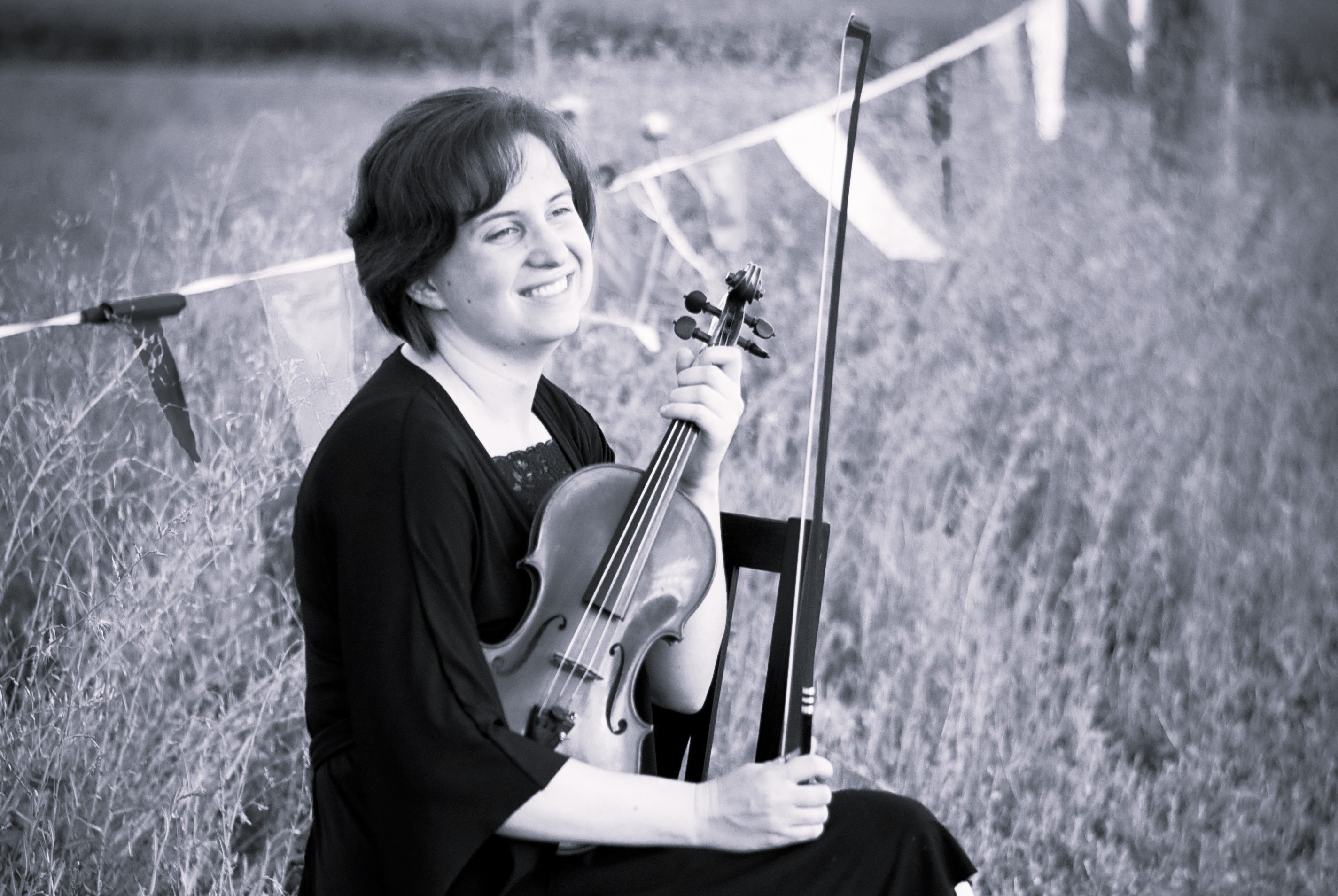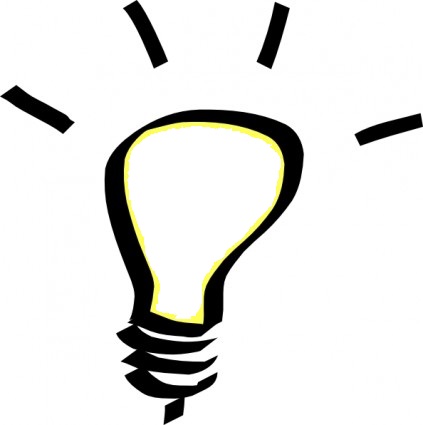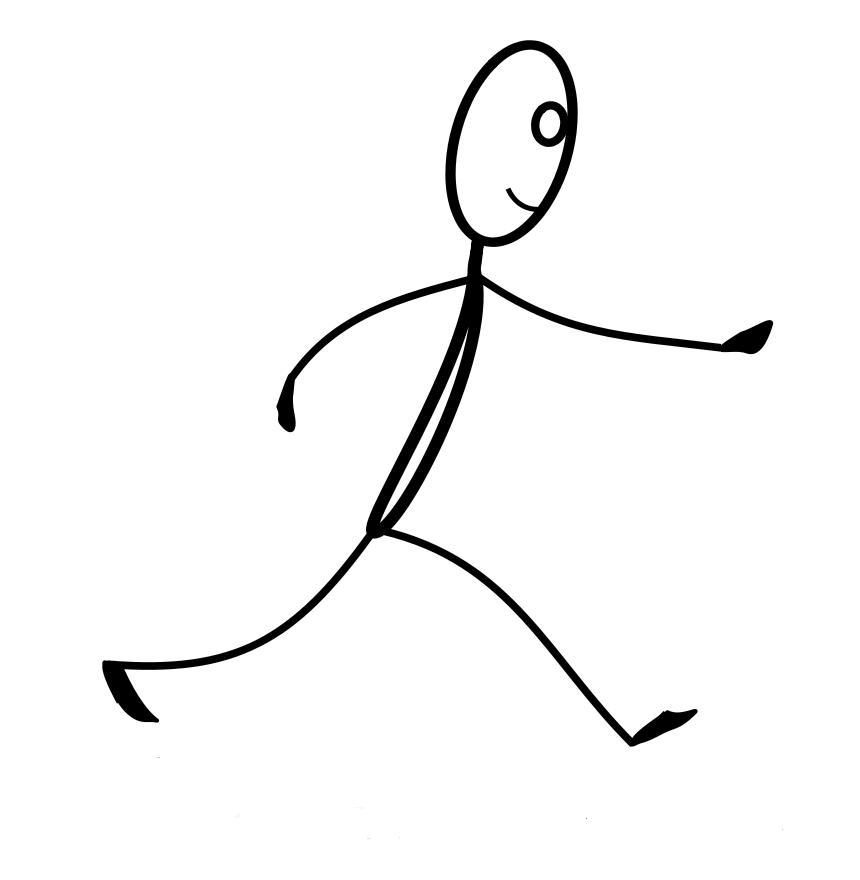Cami Jackson
Music 533 Final Paper
May 7, 2007
Singing in Orchestra as an Instructional Tool
My decision to write this paper came as a result of an experience I had this year conducting a middle school orchestra. As a guest conductor, I was working with the cello section on a particular passage. In an effort to get them to play it in tune, I asked, "Can you sing it for me?" Immediately, the regular orchestra teacher stopped me, saying, "Don't have them sing." He then gave two reasons why: 1) "They won't do it." 2) "There's a reason why they're not in choir." I would like to address each of these issues in turn, discussing how students should be encouraged to expand their musicianship and the place singing should hold in an instrumental music curriculum.
First, I would put forth the opinion that if the students "won't do it," it's because the teacher doesn't advocate it to the necessary extent. If students refuse to sing, how much of that is because the teacher doesn't really expect if of them? If the teacher isn't sold on the idea and doesn't insist on it, there should be little wonder that the students won't respond. In reality, such teachers don't know what they're missing.
Singing in orchestra is like trying a new food. For analogous purposes, the following example may prove useful. I lived in Brazil during one of my elementary school years. One idea that my family brought back from that country was making avocado milkshakes. Someone who has never tried an avocado milkshake might be a bit dubious to try one at first. However, in my experience, those who are brave enough to try it are soon converted; they're glad someone introduced it to them. Many share the idea with their friends.
Similarly, someone who hasn't tried getting their middle school orchestra students to sing a passage in the piece they're working on might be hesitant at first. If they never try it, they will never "know" from the insider's perspective.
As Bennett Reimer has put it, "knowing within" is preferable to merely knowing about something. He points out that eating an apple is a better way to get to know an apple than by merely looking at it and describing it from the outside. Eating it is an example of "knowing within." A child, Reimer says, may be taught concepts about apples and understand them perfectly, but actually eating the apple is a different experience: "The concept is about the apple. The eating is of the apple, or "˜within' the experience of "˜appleness'" (2003, 146). Thus, a teacher must be convinced of the effectiveness of actually trying the apple-eating experiment.
In other words, once one agrees with the practice of teaching their orchestra students singing skills, the next step is to put it into practice. One 1986 researcher stated that out of 141 high school teachers in Alabama, Georgia, Louisiana, and Mississippi, many thought singing in instrumental classes was a good idea, but very few actually implemented it in their classrooms (Bernhard 2003, 1). This illustrates the fact that many teachers extol such a practice in theory, but don't actually follow through and put it to use themselves.
Robinson mentions specific reasons why teachers don't use singing in an instrumental program, ranging from self-consciousness of their own singing skills to fear of wasting time, to fear that students will not respond positively. He then goes on to offer advice for understanding and overcoming each of these seemingly impassable obstacles. For instance, if a teacher is not confident in her singing skills, she can use that to create an environment where students know they are also free to make mistakes and learn from them. He also suggests that if the director models "with comfort and security, the students will, given time, follow the teacher's lead" (Robinson 1996, 18). If the teacher is hesitant, naturally the students will be as well. But if the students know the teacher is serious about it, they will begin to respond, even if reluctantly at first.
There is an old adage: "Say it to play it." It stems off the theory that if a student can vocalize the musical passage they are trying to master, they will have an increased ability to transfer the material to their instrument. I have seen this work, and I believe singing has the potential to bring greater instrumental success. It can be the first step that leads to achieving something much more difficult.
It is true that younger kids are much more likely to latch onto this concept. One of my six-year-old violin students recently made an unsolicited statement advocating singing. He said, "It's hard to play [this piece] on the violin, but it's easy to hum it!" Vocalizing is the first step.
Young teenagers are not as eager. They may stare at you blankly when you ask them to sing or even snicker as you begin to lead them through it. That is a hurdle that must be crossed. After all, playing any kind of instrument takes a lot of encouragement before improvement begins to occur.
Our voices are just another type of musical instrument that must be exercised, an idea supported by Priscilla Howard. In her article, "Kodaly Strategies for Instrumental Teachers," she argues that "the human voice is an instrument provided by nature and is one that almost everyone can develop" (Howard 1996, 27). This should give great hope to any aspiring musician!
As an instrument, the voice is a great practice tool. A student who can't realistically take a string bass home every day to practice always has her voice with her. A student who sings his orchestra music in the car is solidifying the passage in his brain and using his time in a valuable way. Letting students know that singing is another way to practice will give them more options and can only help the situation. Plus, a teacher can help alleviate academic concerns that singing has no place in an instrumental program by explaining that the voice is an instrument in its own right.
And how do you get the students over the hurdle? Just encourage them. As Huenink recommends, "start small." He advocates starting with melodic echoes on a neutral syllable. Later, the teacher can present a melody on a neutral syllable and have the students respond in solfège (Huenink 2002, 58, 61). Howard suggests using singing even when tuning. The students should sing the pitch and then adjust their instrument"”sing, then tune, repeatedly (Howard 1996, 28).
Once implemented, the benefits can begin to be measured. Not only will students progress more quickly by singing (Howard 1996, 32), but the biggest benefit may be that "singing develops the inner ear, which is the most important musical goal of all." (Howard 1996, 27). The inner ear may be a musician's most valuable tool, for it incorporates not only the physical phenomenon of "hearing," but of comprehending and applying what one hears to teaching, listening, and performing. Once inner comprehension is developed"”again, consider "knowing within""”greater achievements follow.
The current national standards for music instruction include "singing, alone and with others, a varied repertoire of music" and "performing on instruments, alone and with others, a varied repertoire of music."1 The two categories don't have to be mutually exclusive!
This takes me back to the argument, "There's a reason they're not in choir." Is our goal to limit what students should know as musicians just because they aren't enrolled in a certain class? Of course not. And I'm not saying we should turn orchestra into a choir class, or that we should spend an extreme amount of time on singing. This would take students away from the purpose of an instrumental ensemble. After all, students have enough on their plates as it is. But any way that singing can assist in the final goal of learning to perform on their instruments should not be ignored.
When I worked with the cellists at that middle school, I wanted them to develop an inner sense of how the music sounded so they would know which notes they were playing and be able to play in tune. As we have discussed, vocalizing something helps students develop a marvelous musical sense inside that they are able to transfer to their instrument. I have seen it happen. Singing works wonders.
Yes, more research needs to be done, particularly regarding how to teach singing in orchestra or band. However, hopefully I've convinced more people that trying the avocado milkshake is worth it. Singing is merely a tool for instrumental success, not an end in and of itself. It should be treated as just that: a great instructional tool that can be very successful with the right teacher attitude and approach.
Works Cited
Bernhard II, H. Christian. 2003. Singing in Instrumental Music Education: Research and Implications. UPDATE: Applications of Research in Music Education 22, no. 1 (fall/winter). Database on-line. Available from Academic Search Premier, 87551233.
Duke, Robert A. 2005. "Sequencing Instruction" in Intelligent Music Teaching: Essays on the Core Principles of Effective Instruction. Austin, Texas: Learning and Behavior Resources.
Campbell, Patricia S. 1998. Songs in Their Heads: Music and its Meaning in Children's Lives. New York: Oxford University Press.
Howard, Priscilla M. 1996. Kodaly Strategies for Instrumental Teachers. Music Educators Journal 82, no. 5 (March): 27-33.
Huenink, Jeffrey S. 2002. Sing it, Hear it, Play it! Teaching Music 10, no. 1 (August): 56-61.
Reimer, Bennett. 2003. A Philosophy of Music Education: Advancing the Vision, 3rd ed. Upper Saddle River, New Jersey: Pearson Education, Inc.
Robinson, Mitchell S. 1996. To Sing or Not to Sing in Instrumental Class. Music Educators Journal 83, no. 1 (July): 17-21.








